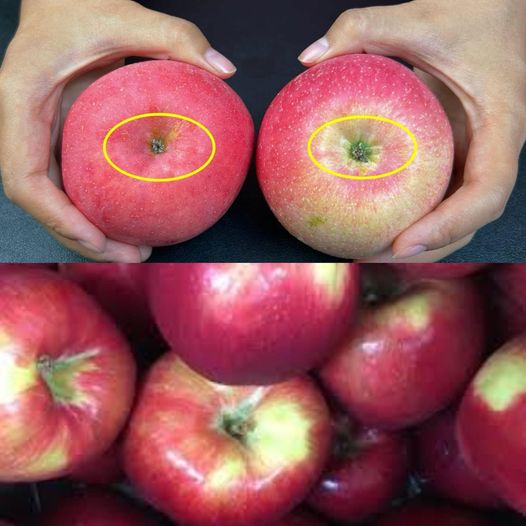Look for Firmnes
Squeeze Test: Gently squeeze the apple with your fingers. A good apple should feel firm and solid without any soft spots, which indicate bruising or overripeness.
Check the Skin
- Smooth and Shiny: The skin should be smooth and free of wrinkles. A shiny surface is usually a sign of freshness, while dull or wrinkled skin can indicate the apple is past its prime.
Inspect the Color
- Vibrant Colors: Choose apples with vibrant, consistent colors. While the specific color will depend on the variety, a brightly colored apple is generally fresher and more flavorful. For example, look for deep reds in Red Delicious or bright greens in Granny Smith.
Examine the Stem
- Fresh Stem: A fresh apple often has a fresh, green stem. If the stem is shriveled or missing, the apple might not be as fresh.
Smell the Apple
- Sweet Aroma: Give the apple a sniff. A fresh apple should have a pleasant, sweet aroma. If it smells sour or off, it’s best to avoid it.
Variety Matters
- Know Your Varieties: Some apple varieties are naturally sweeter and crispier than others. Here are a few popular ones to look for:
- Honeycrisp: Perfect balance of sweetness and crisp texture.
- Fuji: Very sweet and juicy with a firm texture.
- Gala: Sweet, aromatic, and crisp, great for snacking.
- Granny Smith: Tart and crisp, ideal for baking.
Quick Tip for Identifying Quality Apples
- Weight Test: Pick up the apple and feel its weight. A heavier apple typically means it’s juicier and fresher.
Avoid Imperfections
- Spot Check: Avoid apples with visible bruises, cuts, or blemishes. These can affect the taste and texture of the fruit.
